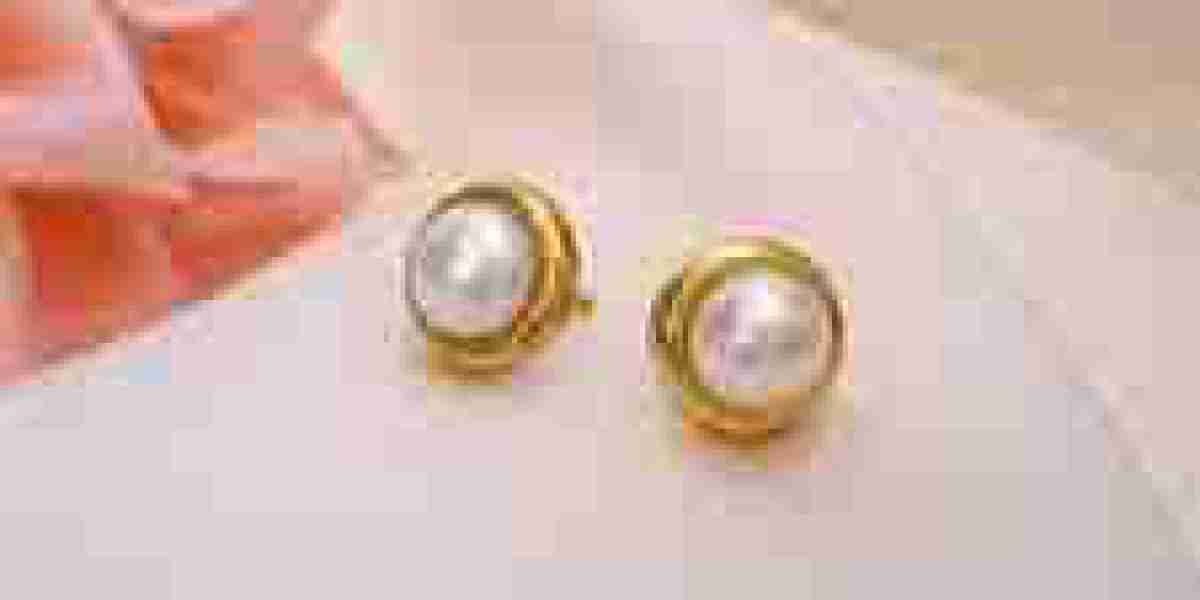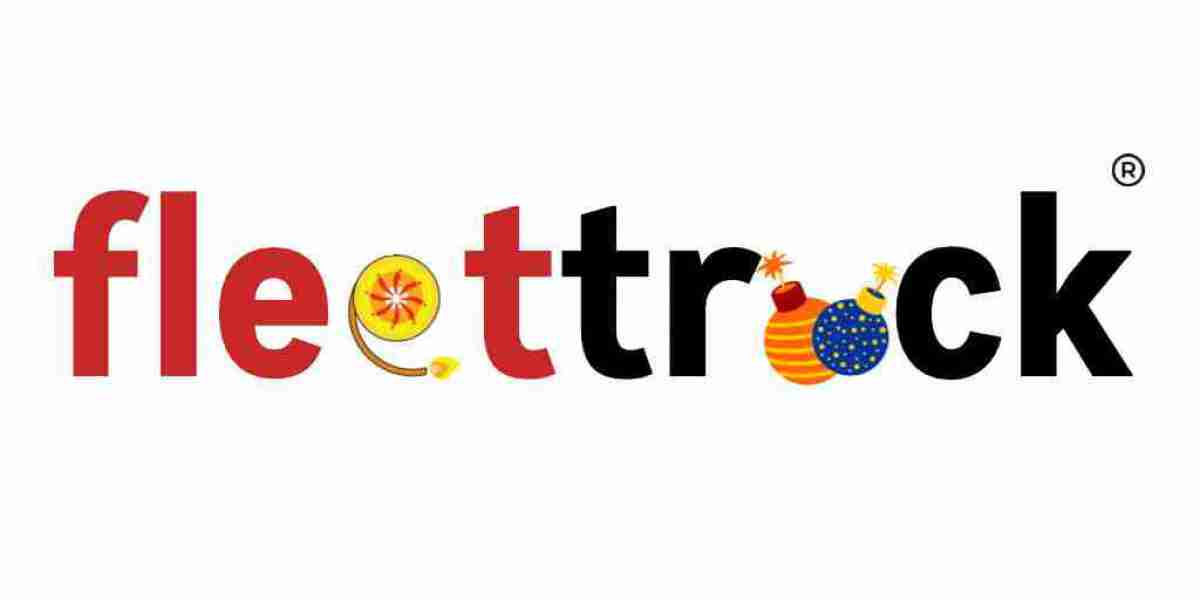In today's world, sustainability has become more than just a buzzword; it's a necessity for ensuring a healthier planet. As individuals and businesses look for ways to reduce their environmental footprint, the demand for eco-friendly products has grown significantly. Among these, eco-friendly tin containers have gained popularity for their versatility, durability, and minimal impact on the environment.
What Makes Tin Containers Eco-Friendly?
The eco-friendliness of tin containers stems from several factors that make them an attractive option for consumers and businesses alike. Firstly, tin is a highly recyclable material. Unlike plastics, which can take hundreds of years to degrade, tin can be recycled almost indefinitely without losing its quality or strength. This significantly reduces waste and the need for raw materials, making it an environmentally responsible choice.
Moreover, tin containers are typically made from a combination of tinplate, a steel sheet coated with tin, which is a sturdy and durable material. Tin's ability to be reused and repurposed time and again makes it a powerful tool in the fight against single-use plastics. The energy required to recycle tin is considerably lower than producing new materials from scratch, reducing both the consumption of resources and the carbon footprint of production.
The Benefits of Using Tin Containers
One of the key advantages of tin containers is their durability. They are resistant to corrosion, which means they last longer than many other types of containers, including plastic. This extended lifespan translates to fewer replacements and less waste over time. For consumers who prioritize longevity in their products, tin containers provide an attractive, cost-effective solution.
In addition to their practicality, tin containers are also a great way to enhance the presentation of products. Their sleek, polished appearance adds a premium touch, making them ideal for packaging high-end goods like teas, coffees, or artisanal items. Many businesses choose tin containers for their visual appeal, knowing that consumers are increasingly attracted to sustainable, eco-friendly packaging options.
Tin containers also have the advantage of being non-toxic and free from harmful chemicals such as BPA (bisphenol A), which is commonly found in certain types of plastic containers. This makes them a safer choice for storing food and beverages, providing peace of mind to those concerned about the health risks associated with plastic containers.
Versatility Across Industries
The uses of eco-friendly tin containers extend far beyond just packaging. In the food industry, these containers are widely used to store everything from cookies and candies to spices and oils. Their airtight seal ensures that products stay fresh for longer, making them an effective and reliable choice for food preservation. As more consumers demand sustainable products, businesses are increasingly turning to tin containers to meet this demand while also ensuring their products stand out on the shelves.
Outside of the food sector, tin containers have found applications in the beauty and personal care industry. Many skincare and cosmetic brands are embracing the eco-friendly shift by opting for tin containers to package their lotions, creams, and balms. These containers offer both functionality and a stylish appearance, aligning with the growing consumer trend toward environmentally-conscious products.
Tin containers are also widely used in the gift and craft industries. Their vintage appeal and customizable designs make them popular for creating unique gift packaging, candle holders, and even decorative storage boxes. Whether as a holiday gift box or a decorative piece for home interiors, tin containers offer endless possibilities for creative expression.
Reducing Environmental Impact
While the production of any material comes with an environmental cost, tin is far less harmful to the planet compared to its alternatives. The fact that it is highly recyclable means that even the environmental cost of its production is offset by the ease of recycling. Additionally, since tin containers are long-lasting and reusable, they significantly reduce the need for single-use packaging, contributing to less waste in landfills.
By choosing products packaged in tin containers, consumers are supporting sustainable practices that help minimize environmental damage. From reducing plastic pollution to promoting recycling efforts, tin containers are a small but impactful part of the broader movement toward a circular economy—where resources are continuously reused and recycled, rather than discarded.
Conclusion
Eco-friendly tin containers offer a sustainable and practical solution to the growing problem of waste and plastic pollution. Their recyclability, durability, and versatility make them an excellent choice for a variety of industries, from food and beverage to beauty and crafts. As more consumers prioritize eco-conscious choices, the demand for tin containers will likely continue to rise, encouraging businesses to adopt greener practices and contribute to a more sustainable future.
Choosing tin containers over plastic is a simple yet powerful way to make a positive environmental impact. By embracing this eco-friendly alternative, we not only reduce waste but also support a global effort to create a more sustainable, circular economy.














